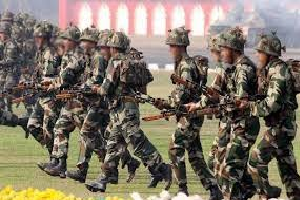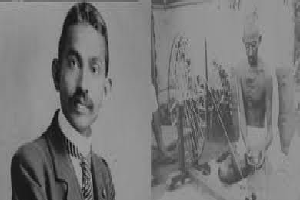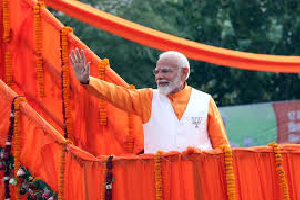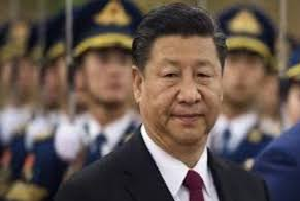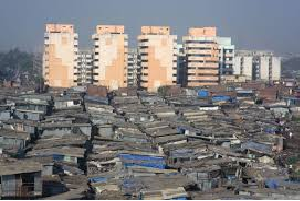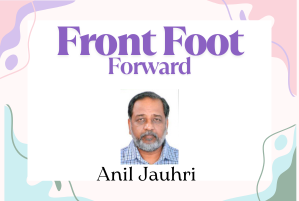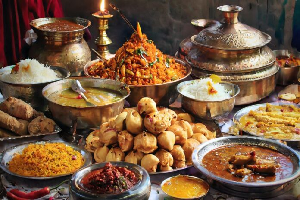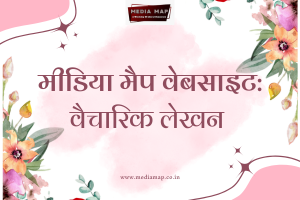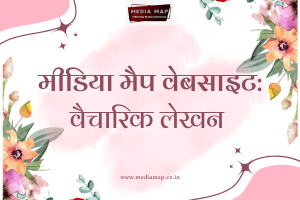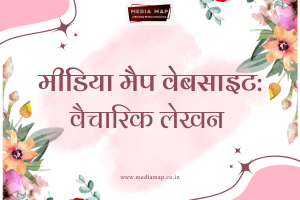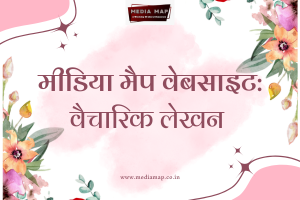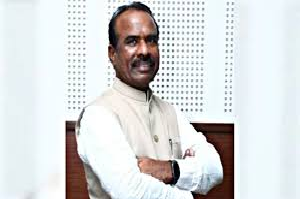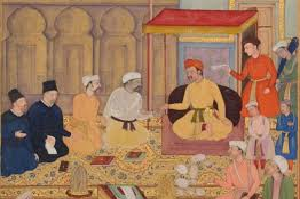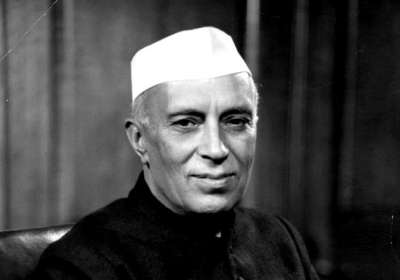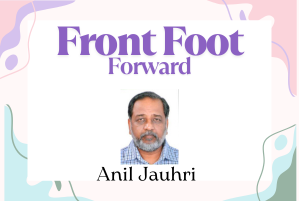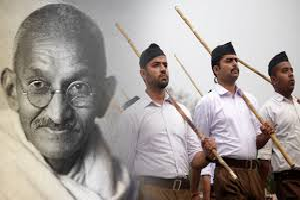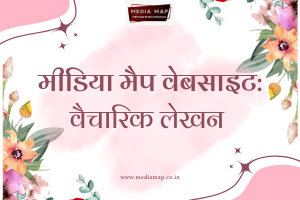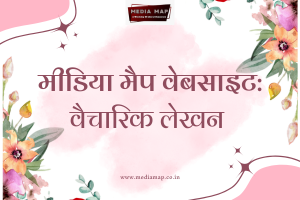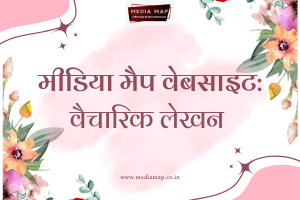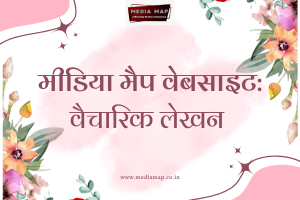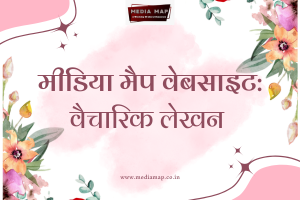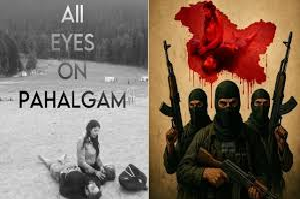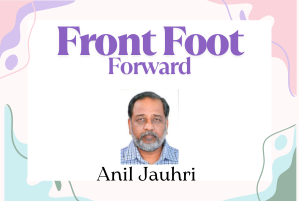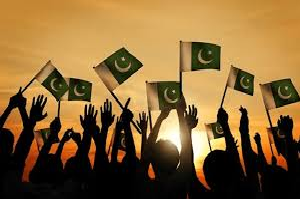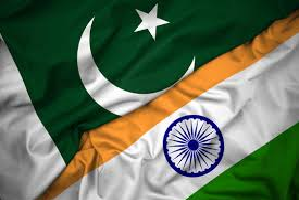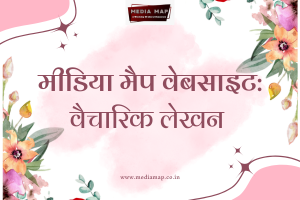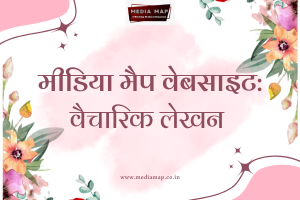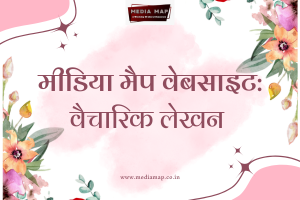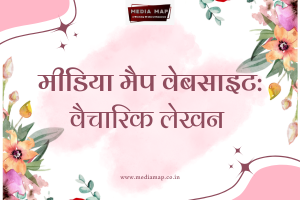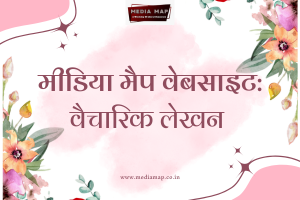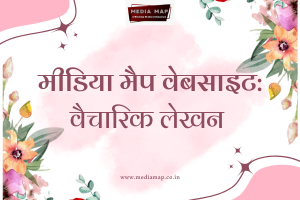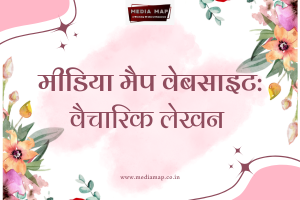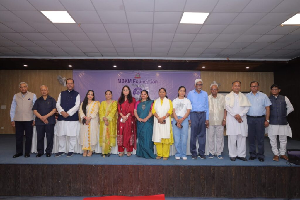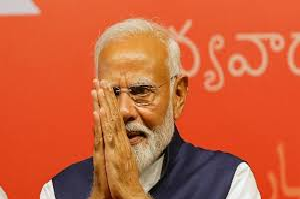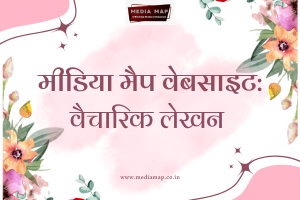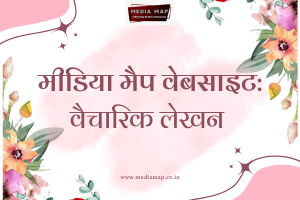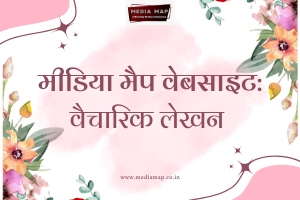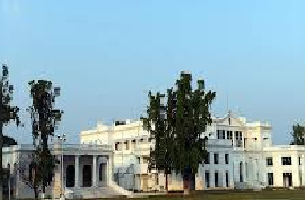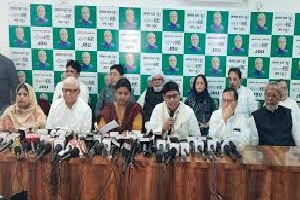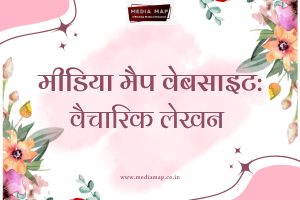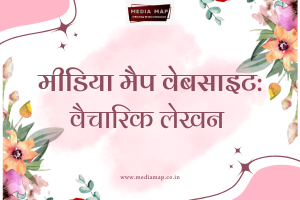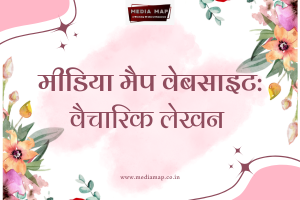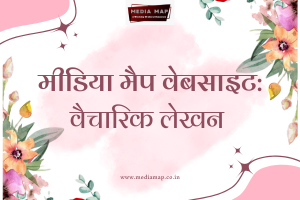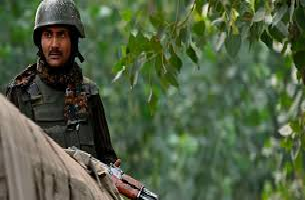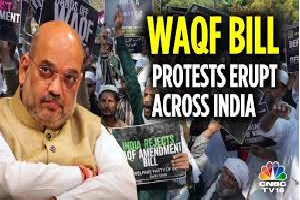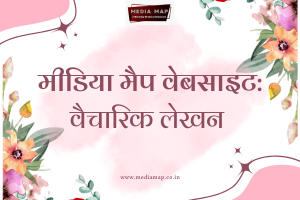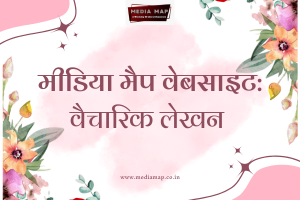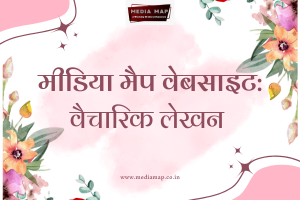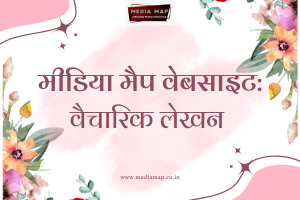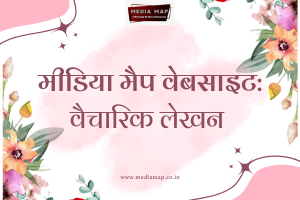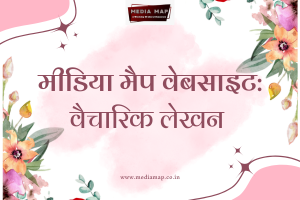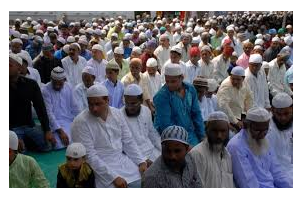22

Today’s Edition
New Delhi, 22 February 2024
N Sathiya Moorthy
Reports that Rahul Gandhi’s West-East ‘Bharat Jodo Nyay Yatra’ is generating as much enthusiasm as his earlier South-North ‘Bharat Jodo Yatra’, meaning ‘Unite India March’ should cool the heckles of party cadres, wherever they still have them in substantial numbers. But in the states where Rahul’s yatra has passed through in the eastern states, where it commenced the second leg, the Congress high command, like its over-ambitious local leaders has hiked their seat-share demands for the Lok Sabha polls within the multi-party, anti-BJP INDIA combine. That is not good news for either.
For the entire anti-BJP combination such an approach of not-giving-and-not-taking approach to seat-sharing is still suicidal. That is even if constituent regional parties and their self-styled common Congress leader of the alliance believe that people are ready to vote out the BJP-NDA government at the Centre just as they could touch and feel a similar mood in the post-Emergency parliamentary elections of 1977.
It is this feeling and consequent over-confidence about the self as an individual partner in the Opposition combine that seems to have overawed them when the larger-than-life Modi image should have done it, instead. Plain and simple, Mamata Banerjee already sees herself as a post-poll anti-BJP prime minister possibility. Hence she does not want to give away one too many seats to the so-called Congress ally lest their combined sweep in her native West Bengal should give the other an edge in laying legit power to the vacancy that is still not there, citing bigger numbers.
The same used to be the case with Delhi's Arvind Kejriwal, who seems to have now slowed down, maybe because he has overnight become a realist, or given his age, he is willing to wait for another five years. Worse still, he foresees the possibility of the initial anti-BJP coalition in power collapsing under its over-weight. Kejriwal in such a case could wait to take his turn/shot when the occasion/opportunity arose. It implies that there is still hope for them, and he could become the new generation I K Gujral who was the real ‘Accidental Prime Minister’, and not Manmohan Singh as his one-time media aide Sanjay Baru claimed in the title of his book by the same name.
Akhilesh Yadav in Uttar Pradesh has been more specific. He has since declared that his Samajwadi Party (SP) is ready to give 17 seats to the Congress from 80. He is even more specific that he would join Rahul Gandhi’s yatra in the state only if there is a seat-sharing deal between their two parties. It is eminently sensible going by the adamant posturing of Congress in matters of seat-sharing across the country.
Congress might Bharat
In every respect, it is the last-ditch battle for the Congress as the BJP rival is determined still with its original agenda of creating a ‘Congress mukht Bharat’ or an ‘India without Congress’. The party should realise that the rediscovery of the constitutional alternative for India, that is Bharat, propped up only after the Modi government had successfully erased all symbols of post-Independence symbols of Indian democracy and freedom.
This long list includes replacing the old war memorial in Delhi with a new one and, the old Parliament House with a new complex – both trumpeting the arrival of the ‘Modi era’, just as there was the ‘Mauryan Empire’, ‘Gupta Empire’ down to the Delhi Sultanate, Moghul Empire and the British Crown. Though they may not have succeeded fully, the Sangh Parivar, especially the Modi era BJP IT cell has succeeded mostly – thankfully not wholly – in painting the Nehru-Gandhi prime ministerial period as a continuation not only of the British era but also taking it back to the Moghul Empire – both of which should be despised.
There were no linkages with the earlier Mauryan era, from which Gandhiji borrowed his ‘Ahimsa’ and the post-Independence Indian government, the ‘Ashoka Chakra’. Of course, the early attempts to deface the Gandhian memory through the world’s tallest statue of Sardar Patel in their collective home state of Gujarat did not succeed as much as it was hoped to be. Maybe, in their over-enthusiasm early on in governance, they got their priorities wrong.
They should have waited for their criticism, bordering on the Nehru-Gandhis to sink in as much as they hoped it had before targeting Gandhiji directly as some senior BJP ministers have been doing or through indirect means by showing another Gujarati as taller than him. Of course, the current efforts by some through social media and otherwise are to paint Modi as the tallest of all Indians, from Ashoka and Rajaraja Chola onwards – possibly with the singular exception of Chhatrapati Shivaji, at least thus far.
Reading the writing...
If Congress is not blind, it can read the writing on the wall. For the party, it is now not only about fighting and defeating Modi and the BJP, or even ‘saving India, democracy, the nation’s plurality’, etc, etc, which all of them desire. Granting that the BJP gets a third straight win in the LS polls, those regional parties, if routed with or without INDIA combine, would still survive. They may or may not muscle up to fight another day’s battle with the BJP, but someone borrowing their tenets would still be around – by whatever name called.
That is not the case with the Congress. Like an old tree that has been losing branches and leaves over the past decades, it may simply (have to) wither away. The party, its sympathisers and supporters, and also the critics, have to remember that the downslide for the nation’s GOP started way back in Elections-’67 when it lost power in nine states. Earlier signs were visible even in 1957, just ten years after Independence when the party lost southern-most Kerala State to the communists in an assembly election that was free and fair.
Legacy issues
The party was happy with intervening signs of revival under Indira Gandhi and Rajiv Gandhi, but that owed neither to the dynasty as critics want to believe, nor to the grassroots-level strength from the freedom movement days. It owed to performance while in power, and not to any legacy issues, either way. This was not the Congress of the freedom movement days, instead a new political outfit carrying the same name and certain memories, good and bad.
Yet, when the discourse is on the Congress winning and losing elections at the present juncture, the party has to accept its history – that it has all along been an umbrella organisation even during Gandhiji’s time, and the spirit of the freedom movement accommodated all shades of political opinion, social groupings and linguistic constituencies. The Jana Sangh, the parent of the present-day BJP, and every other political party or ideology barring the Dravidian parties in southern Tamil Nadu, they have had their origins in the Indian National Congress. Or, they all had worked under the umbrella organisation, setting aside their ideological differences and social constituencies.
Gandhiji’s Congress also believed that ‘unity is strength’. Jawaharlal Nehru put it more succinctly, when he said, ‘unity in diversity’. Though he might have said it about the diversity that was/is India, which was a hotch-potch constitutional conglomeration when the Republic was born, it was even more true of what his party was during this period, or even earlier, before the British left.
Fence-sitters
Today, whatever vote the Congress party has is that of the party, and not of any individual, including the Nehru-Gandhis. Kamalnaths may go, may not go, or and Ashok Chavan might have left, the BJP is only trying to demoralise the Congress Party and its new-era fence-sitter supporters. Yes, 20-30 per cent of the voters are traditionally fence-sitters in this country. A substantial number of them, if not all, would want to feel that the party that they voted for had come to power.
Hence, also PM Modi’s war cry that the NDA would get 400 of 542 LS seats and the BJP would cross the 370 mark. True or not will be known only when the results are out, but just now it is not about his wanting to re-energise his cadres and self-styled bhakts by setting a target for them. It is more about demoralising the rival cadres and even more about weaning the fence-sitters who may take a different view when election manifestos of rival political parties/alliances are out.
They did it with Sonia Gandhi’s ‘Aam Aadmi’ call in 2004 when the BJP believed ‘India is Shining!’. In comparison, Modi’s ‘Achche Din’ in 2014 did not make a difference as the Congress-UPA defeat was already known. The BJP-RSS cadres and also Modi's image as a doer for some and a destroyer for some others had done the trick. It had drawn the battle lines. He won. The BJP followed.
How cadres matter
Today, Congressmen are well aware that those who are crossing the floor, like what Modi reportedly told Congress president Mallikarjun Kharge, those who see the ‘good work’ of the BJP government, all have had Central agencies knocking at their doors in the past months, weeks or years. If anything, Modi’s larger-than-life image has been able to cover for this stain in his public image, but no one has evaluated how much of that stain has tarnished his image – and how far. Because every State, if not every revenue district and/or Lok Sabha constituency has its own Ashok Chavan. Such has been the pace of the Modi-driven BJP, and such has been the ‘good work’ done by the central agencies.
At the end of the day, what Indira Gandhi as Prime Minister told G K Moopanar when the latter travelled with her on an election tour of Uttar Pradesh for a few days at a stretch as AICC general secretary matters to the Rahul Yatra, too. Responding to Moopanar’s surprise at the massive crowds gathering at her election rallies against newspaper analyses of the Congress losing massive ground, Indira Gandhi reportedly told him: ‘They all come to see me. They are our sympathisers, not voters as yet. I can see it when I look at them from the dais. It is for the cadres to convert them into voters... But we do not have enough committed cadres. That also I know.”
As Indira Gandhi predicted, the Congress lost that election.
This is now the case with the Rahul Yatra. The Congress does not have cadres, full-stop and there are no motivational leaders down the line. The party has to accept this basic fact and accept electoral partners from the respective region early on so that there is enough time to synergise the work of cadres from both parties before election time approaches.
Because such synergy is there in southern Tamil Nadu, for instance, with Sonia Gandhi telling the local party months ago, not to squabble with the ruling DMK partner for seats and constituencies, opinion polls seem to suggest that the alliance would do well in the 39 LS constituencies in the state. Of course, there are issues and issues, including anti-incumbency in Tamil Nadu, just as there are issues and issues in other states, too – starting with the Ayodhya consecration – but that is still not the end.
For now, the Congress and SP have come to a seat-sharing deal for Uttar Pradesh and Madhya Pradesh. The Congress has got a respectable 17 seats in a total of 80 in UP and the SP has been allotted one in 29 in Madhya Pradesh, where the Congress is strong. In Bihar, where veteran JD(U) chief minister Nitish Kumar embarrassed the INDIA combine by calling the launch meeting only to get back to the BJP-NDA coalition, they all have called another rally on 3 March to boost the morale of alliance partner RJD and its young leader Tejahswi Yadav.
Depending on how many partners participate, the Patna rally could well become the informal launch of their election campaign. There may still be another launch rally later, possibly in Delhi in the north or Chennai or Bengaluru in the south. Either way, the INDIA campaign has sounded the post-Nitish bugle all over again. It is now for the Congress to guide the processes from a distance, not from above – and without squabbling over whatever...
(Words 2080)
---------------
(The writer is a Chennai-based Policy Analyst & Political Commentator)


